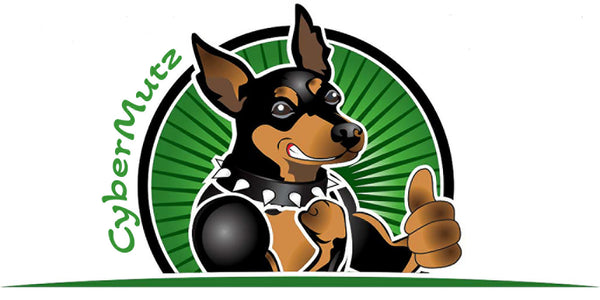
🐾 Dealing with Separation Anxiety in Dogs: A Pet Parent’s Guide
Share
🐾 Dealing with Separation Anxiety in Dogs: A Pet Parent’s Guide
Leaving your dog alone—even for a few hours—can sometimes lead to more than just a sad whimper at the door. For dogs with separation anxiety, it can trigger destructive behavior, excessive barking, and even panic.
If you’ve ever come home to chewed-up furniture or neighbors complaining about nonstop howling, you’re not alone. Separation anxiety is one of the most common behavioral issues in dogs, and the good news is: it’s manageable.
Let’s break down the causes, signs, and most effective ways to help your furry friend feel secure—even when you’re not around.
🧠 What Is Separation Anxiety in Dogs?
Separation anxiety occurs when a dog becomes distressed or anxious when left alone or separated from their primary caregiver. It’s not just boredom—it’s an emotional response that can manifest in extreme behavior.
🚨 Common Signs of Separation Anxiety
-
🐾 Destructive behavior (chewing, digging, or scratching at doors/windows)
-
🐾 Excessive barking or howling
-
🐾 Pacing, trembling, or whining when you prepare to leave
-
🐾 Accidents indoors, even if your dog is house-trained
-
🐾 Escape attempts that can lead to injury
-
🐾 Hyper attachment (following you from room to room)
🎯 What Causes Separation Anxiety?
-
Change in schedule (new job, school, or routine)
-
Recent adoption or rehoming
-
Loss of a family member (human or pet)
-
Moving to a new home
-
Lack of early socialization or crate training
Some breeds—like German Shepherds, Border Collies, and Labradors—are more prone due to their high intelligence and need for companionship.
🛠️ 10 Tips to Manage Separation Anxiety in Dogs
1.
Create a “Safe Zone”
Designate a cozy area in your home where your dog can relax. Use a crate, playpen, or quiet room with comfy bedding and a favorite toy.
2.
Practice Calm Departures and Arrivals
Avoid dramatic goodbyes or hellos. This helps lower your dog’s anticipation and anxiety around your comings and goings.
3.
Desensitize Departure Cues
Pick up your keys, grab your shoes—or simulate leaving without actually going. Repetition helps reduce the stress around these triggers.
4.
Try Short Departures First
Leave for just a few minutes and gradually extend the time. Use positive reinforcement when they stay calm.
5.
Enrichment, Enrichment, Enrichment!
A tired dog is a calmer dog. Use puzzle toys, lick mats, and treat-dispensing games to keep their brain busy while you’re away.
🧩 Tip: Check out our CyberMutz puzzle toy collection to help relieve anxiety and prevent boredom!
6.
Leave Behind Comfort Items
Leave a recently worn t-shirt or use calming sprays with scents like lavender or chamomile to provide familiar comfort.
7.
Use Background Noise
Leave the TV or soft music playing (try “DogTV” or calming dog playlists). This helps drown out exterior noises and mimics your presence.
8.
Train with Positive Reinforcement
Reward calm behavior when you leave and return. Avoid punishment—it only reinforces fear.
9.
Consider Crate Training
When introduced properly, crates become a den of safety, not isolation. See our full guide: Crate Training 101
10.
Consult a Professional
For extreme cases, work with a certified dog trainer or veterinary behaviorist. Medication may be needed for dogs with severe anxiety.
💊 Bonus: Natural Aids & Products That Help
-
CBD treats (vet-approved)
-
ThunderShirts or calming vests
-
Dog pheromone diffusers (like Adaptil)
-
Soothing herbal chews (valerian root, chamomile)
Always consult your vet before introducing new supplements.
💬 Final Thoughts
Separation anxiety is tough—but it’s not a life sentence. With patience, routine, and plenty of love, your dog can learn to feel safe even when you’re not there.
The key is building trust through positive experiences, structured alone time, and enriching activities that boost confidence.
🛒 Shop the Anti-Anxiety Essentials Collection at CyberMutz
From enrichment toys to calming accessories, our handpicked collection helps keep your dog happy while you’re away.
